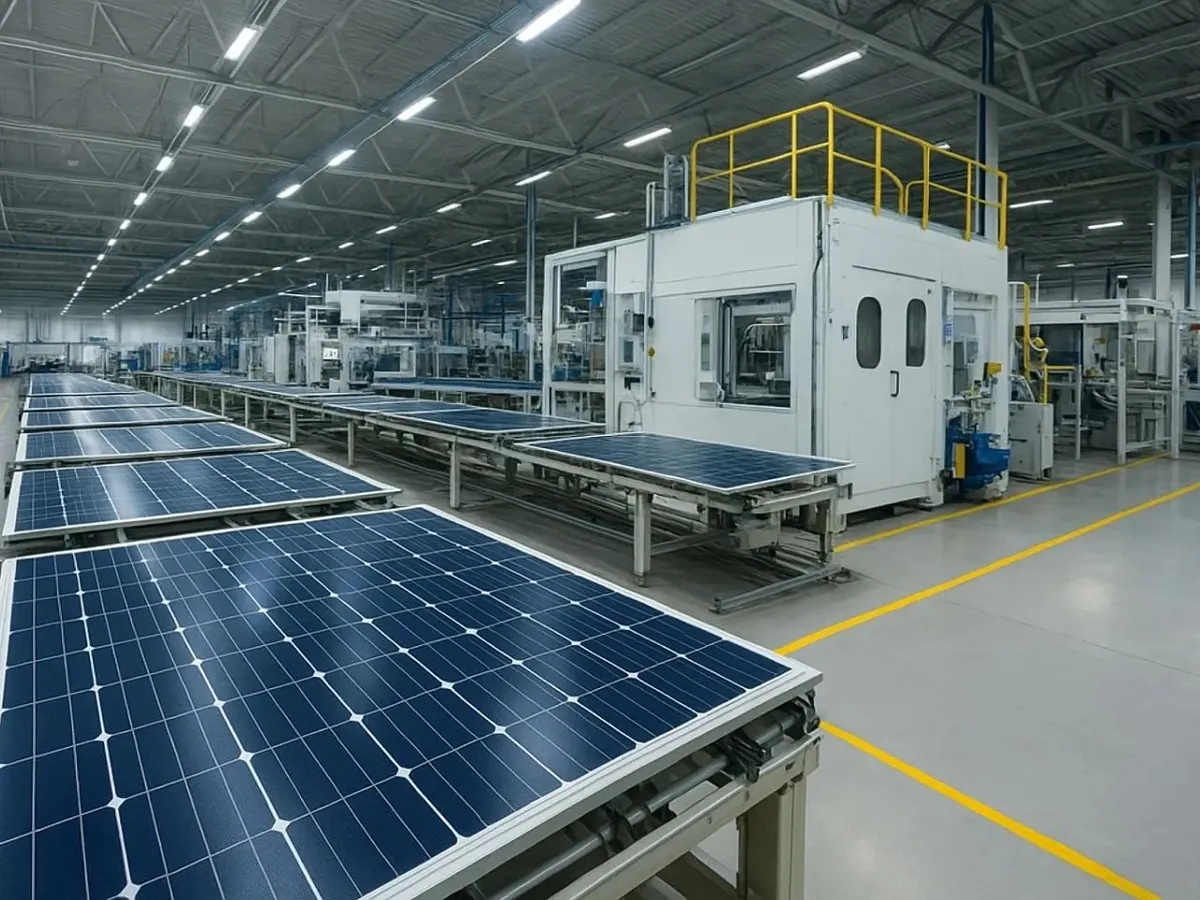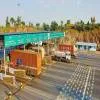With over 1,000 pan-India dealers, H & R Johnson has various product categories to offer complete solutions to its customers. With 15 manufacturing plants across the country, the company offers end-to-end lifestyle solutions that include tiles, sanitaryware and bath fittings, engineered marble, and quartz.
Dinesh Vyas, Senior Vice-President, Marketing, H & R Johnson (India) Division, shares more on the company’s strategy in conversation with
SHRIYAL SETHUMADHAVAN.
Which business vertical contributes maximum to the H & R Johnson business?
Flooring tiles contribute maximum to the business. Within this, we have four brands: Johnson Tiles, Johnson Porselano, Johnson Marbonite and Johnson Endura. While the last two brands essentially cater to flooring, the first two (Johnson Tiles and Johnson Porselano) have both wall and floor applications. Although over 70 per cent of the products are conventionally used for flooring, architects do not shy away from using conventionally tagged flooring tiles for the wall; this is possible as these tiles can go onto the wall as well. Hence, this makes our flooring tiles a predominant segment. In terms of overall growth and contribution, sanitaryware and bathroom fittings are a good opportunity for us and we will be focusing on them.
In the recent past, the housing industry has witnessed announcements such as RERA, GST, etc. How has 2018 been in terms of product launches and growth?
The year 2018 has been among the most eventful ones. We launched more than nine new categories and 600 new products. Some of these categories were introduced for the first time in India; and while some were existing, we added new features related to hygiene, safety, environment, etc. This strategy has helped us to grow and beat the sluggishness.
Tell us about your experience centres and their role in getting closer to the client.
In terms of location, it is a good mix of metro and non-metro cities. In terms of objectives, firstly, we are the only industry where products are launched day in and out. The 600 products launched in 2018 were in addition to the 3,200 products existing in the month of March the same year. So, we remove some from the inventory because it gets difficult to manage. The situation is such that multi-brand dealers do not have space; they have constraints and compulsions. Hence, showcasing the entire range gets difficult. Secondly, when the variety goes up it adds to the confusion while selection. It is an unfortunate fact that while tiles may have evolved from a small tile application to more than 40 categories, the user is still unaware of the right usage. Thirdly, the aesthetics of the tiles can get confusing, wherein different tiles might look the same to the end consumer despite one being more superior. Experience centres fill this gap where there is a guided explanation to all the value propositions. So, we can show the entire range and guide the customer; and in a way, help our channel partners too. The channel partners bring their own customers and show the products.
Thus, it is a win-win situation for the consumer as well as channel partners. And we get our RoI in terms of the best marketing tool for us to showcase all our innovations; it is the best way to motivate my channel partner and the consumer definitely benefits. Everything revolves around the customer.
With the Government’s focus on housing for all, do you have products specifically for the mass housing segment, and how are they priced compared to the competition?
The Government’s thrust on housing has definitely created a new segment of budget products. Following the announcement of Housing for All, we looked at offerings in both tiles and sanitaryware. In 2016, we created a complete new set of products that are cost-effective and within budget for the mass housing segment.
Despite being among the reckoned brands in the industry, do you face any challenges, especially with unorganised and secondary players stepping into the fray?
We have faced challenges even in the less competitive days. Today, we see competitive companies coming out with customised solutions. With an increase in the number of products in the market, the first challenge we face is at the service level. Managing inventory, maintaining service levels and gaining a wider choice every day is one of the biggest challenges. Then, our presence across segments also puts pressure on us as we need to meet the expectation level. But the biggest challenge is that organised players like us comprise of only 30-40 per cent of the market; a major part is the unorganised segment. An equally big challenge is customer education.
What are the company’s plans in 2019 to achieve its growth vision?
We are planning a couple of initiatives. One is to bring the fraternity of influencers in the co-creation field because that will help reduce the rejection aspect. There are two different types of customers—end customers and influencers—and both help in a certain way. Our marketing strategy in 2019 is to focus on the influencer and try to co-create products. Our second initiatve is to get closer to the consumer and, if required, launch training programmes for masons.



















